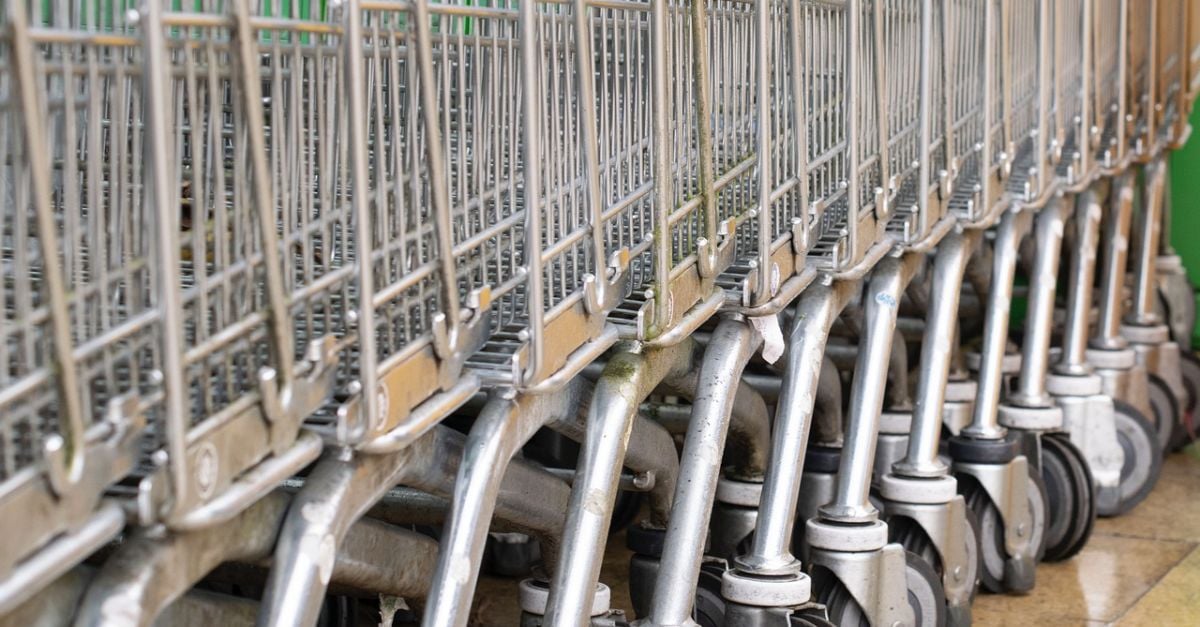Shopping
Sharp Differences In Grocery Shopping Habits Across The Balkans, Study Finds | ESM Magazine

A new study has revealed notable differences in grocery shopping patterns among consumers in Slovenia, Croatia, and Serbia.
The study, conducted by Mediana Market and the Media Research Institute, found that Serbian shoppers visit stores most frequently, with 36% purchasing items every day. In contrast, Slovenians and Croatians tend to shop less often, with the majority making two to three trips per week.
Only 7% of Slovenians and 15% of Croatians shop daily.
When it comes to the primary location for grocery shopping, supermarkets are the preferred choice for most consumers in all three countries. However, the reliance on supermarkets varies. Slovenia has the highest percentage of supermarket shoppers at 88%, followed by Croatia at 83%.
In Serbia, where 65% of the population shops in supermarkets, there is a stronger preference for local stores, markets, and butcher shops compared to its neighbours. Additionally, Croatian consumers are more likely to frequent bakeries, with 40% doing so regularly.
Grocery Shopping Priorities
Jerica Urbančič Menih, director of strategic partnerships and marketing at Mediana, highlighted key differences in grocery shopping priorities across the region.
Slovenians prioritise product quality, freshness, and convenient store locations. Freshness is also crucial for Croatians and Serbians, while low prices are a common concern. However, Croatians place additional emphasis on promotional offers, whereas Serbians prioritise store location.
Slovenian consumers are much more likely to make decisions about where to shop based on convenient parking, past experiences, environmental certificates, and loyalty cards.
Leaflets remain the primary source of product information in Slovenia, Croatia, and Serbia. Slovenians and Croatians primarily receive these through their mailboxes, while Serbians pick them up them in stores.
In Slovenia and Serbia, leaflet campaigns often complement TV and radio advertisements. While Slovenians favour retailer apps for information, Croatians rely more on online sources. Additionally, the internet is a significant source of product information for Serbian consumers, the study found.
The annual Mediana TGI Adria survey polled over 17,000 consumers in Slovenia, Croatia, and Serbia.









